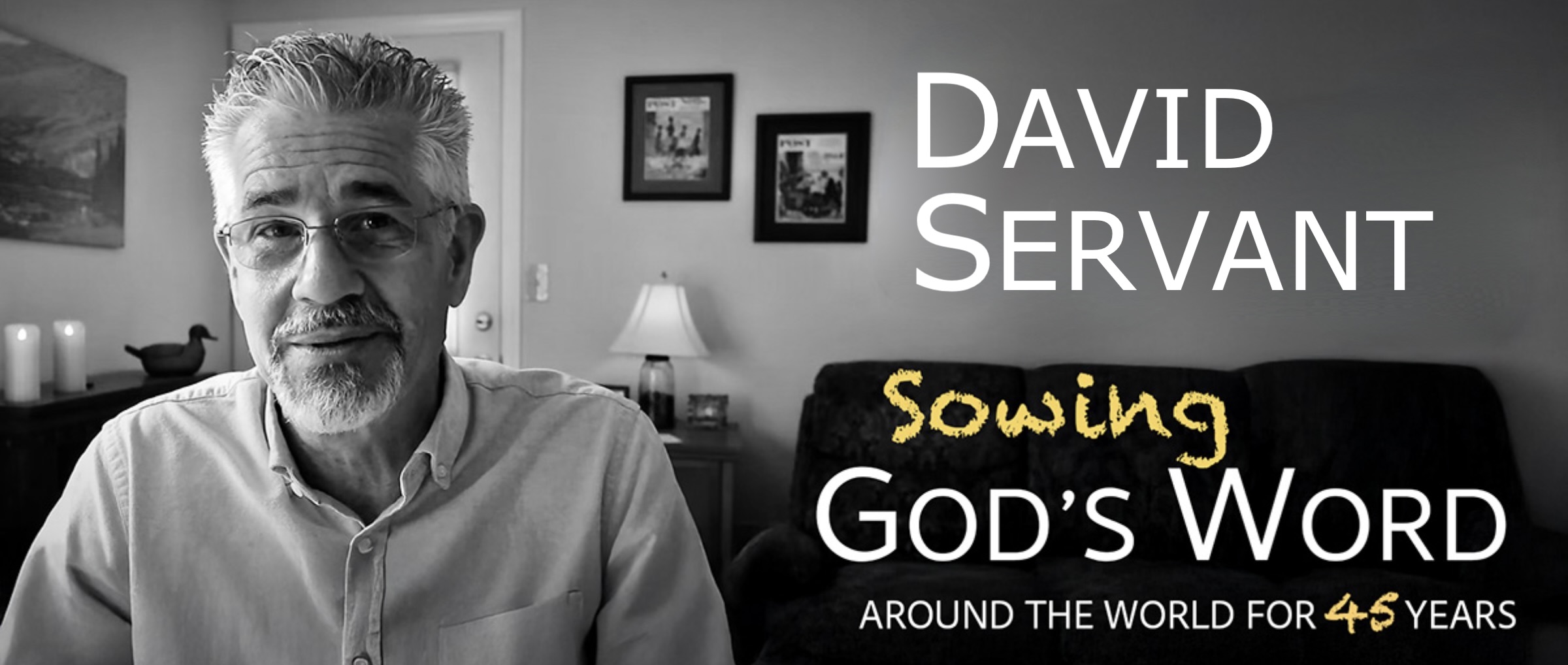Generally speaking, the Gospel writers portray the Pharisees of Christ’s time as hard-hearted hypocrites. So it is nice to read about one whose heart was soft. Nicodemus, a prominent Jewish teacher, visited Jesus secretly, and humbly confessed his certainty that Jesus was sent by God. Jesus’ miracles demonstrated God’s endorsement (3:2). Jesus replied that only those who are born again can “see the kingdom of God” (3:3). All others are blind to it. Jesus also said that only those who are born again will enter God’s kingdom. He then made it clear to Nicodemus that He wasn’t speaking of a physical rebirth, but a spiritual one, something that was done by the Holy Spirit.
Note that Jesus didn’t say to Nicodemus, “Of course, none of this has any application until after I’ve been resurrected.” Rather, He seemed to be telling Nicodemus that, even at that present time, only those who were born again could enter heaven. This makes me (and others) suspect that the new birth was available under the old covenant. That is, old covenant people who believed and were forgiven also had their spirits regenerated by the Holy Spirit, even though they were not indwelled by the Holy Spirit as we are under the new covenant. If that was not the case, then those who were saved prior to Jesus’ death and resurrection were left spiritually dead in their sins.
Speaking of sinners under the old covenant, Jesus indicated that Moses’ lifting of the serpent in the wilderness was analogous to His own “lifting.” He was speaking of either His lifting on the cross or His ascension to heaven, or perhaps both.
According to the original story found in Numbers 21, those who had been bitten by a deadly serpent—the consequence of God’s wrath upon their sin—could be healed by looking up at a bronze serpent that Moses had attached to a pole. The modern medical emblem of a snake curled around an upright post finds its origin in that very story.
Just as “whoever” among the Israelites looked at the bronze serpent on the pole were saved from death, “whosoever” (3:15 & 16) believes in Jesus “shall not perish, but have eternal life” (3:16). This is based on the wonderful truth that God loves the world, which is what Jesus declared, in contrast to what modern Calvinists teach. If “the world” in John 3:16 means “those few who were preselected for salvation” as Calvinists maintain, Jesus was very confused, offering eternal life to “whosoever will believe.”
This particular passage is also an excellent illustration of the imperfection of any comparison, including every comparison found in the Bible, and how dangerous it could be if spiritual significance is assigned to every detail of an imperfect comparison. Obviously, a serpent is not a perfect illustration of Jesus. The bronze serpent that Moses lifted is, however, a good representation of Jesus in one sense: all who were dying, but in faith looked to it, lived. And that is where the similarities end. Jesus did not become a spiritual child of Satan on the cross, as some teach based upon this passage. Jesus cried out to His Father with His last breath (Luke 23:46).
John the Baptist, the greatest man who had ever lived according to Jesus (Matt. 11:11), demonstrated an attitude that God hopes to see in all those who serve Him. John’s goal was not to build a ministry or become “the foremost evangelist” of his day. He wanted everyone to be less focused on himself and more focused on Jesus (3:30). Praise God.
The inseparable correlation between faith and obedience is affirmed by John the Baptist’s statement found in 3:36: “He who believes in the Son has eternal life; but he who does not obey the Son shall not see life, but the wrath of God abides on him.” John used the words believe and obey synonymously. Those who believe, obey. You can’t see the wind, but you can see the effects of it (3:8). Similarly, the effects of our inward rebirth show up on the outside. If the leaves aren’t rustling, the wind isn’t blowing!



